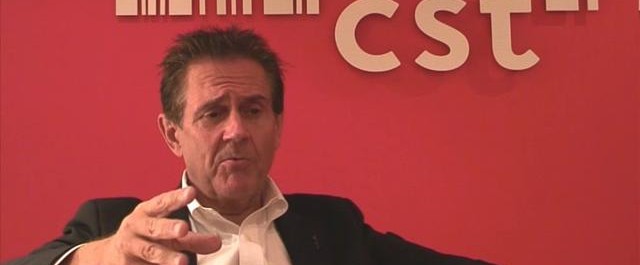The Jessop Group went into administration last week.
Sad news for the 1000’s of members of staff who are now, as a result, unemployed or facing unemployment.
Sad news as well because, I have to say it comes as no real surprise.
I heard an interview on the radio this week with a man who runs a camera club in Oxfordshire. He was keen to stress how interest in such clubs has wained in the last few years and people signing up for his club is at an all time low.
Naturally, in the quest for finding blame and angle as the news does so diligently both were assigned in careful measure, the newsreader summarising the interview by accepting the explanation that ‘people just aren’t interested in cameras anymore’.
I am not so sure that this really is the reason why Jessops has found itself in such trouble.
First of all, I don’t think that we can accept declining interest in a camera club as sufficient evidence of a general lack of demand for cameras. I am sure Amazon would agree.
I for one am a big fan of my DSLR camera but you wont find me hanging around with twitchers in the local town hall.
So what did cause the downfall of Jessops?
Many will be quite comfortable handing all blame and responsibility to one culprit; the internet.
It is hard to disagree with this point of view. With the likes of Amazon offering price competitiveness and speed of delivery as standard it is difficult to say that this was not a contributing factor to the downfall of a once high-street giant.
But I feel that there is a much more damaging culprit at play here.
Poor marketing and general lack of care.
Now let’s be clear, I do not have any insight into how Jessops was run or marketed from the inside, but I can certainly see it from the outside and have to say it was boring, lazy and lacking in competitive edge at every level.
Let’s start in-store.
I went to Jessops only two weeks ago (before they went into administration) to ask a member of staff to help me by checking how much money was on a gift card I had received (I know).
I should be so lucky. There were three members of staff present; the first was chatting to his friend who had taken up residence in a chair infront of the counter. The second was a young lady who was doing a good job of looking busy. The third was the alpha male who was speaking to a potential customer about a camera.
It transpired that none of the members of staff were able to check how much was on the gift card. Even more frustrating was the can’t-do attitude and general void of customer service. The staff were uninterested at best and rude at worst.
The final response from the alpha male when asked how to check how much money was on the gift card was “you can’t”.
That was it.
Conversation finished.
Unbelievable
This situation is astounding for two reasons; the first is that you probably can check how much is on the card the second is that the staff were so blunt it left me (the customer) with no place to go except back out of the door.
Needless to say, this is not how you should run a shop.
So, strike one, shame on the people in charge at Jessops for allowing this to happen. If high-street retail is to fight a war with the internet then surely one place it can easily win the battle is in face-to-face customer care.
Jessops comprehensively lost this.
Then there is Jessops’ advertising. Remember those ads that flashed in-front of your eyes during prime time TV?
No, you don’t.
Because they were crap. They were indifferent and they offered nothing special.
I don’t remember them either, that is why I know they are crap. I am their target market; I am interested in cameras and I have disposable income.
As Dave Trott says: 90% of advertising is not remembered.
Jessops did a great job of landing in that 90% as far as I am concerned.
The job of a high-street retailer is to find the gaps that internet retailers cannot fill with a bit of predatory thinking. E-commerce can beat you on price but it can’t quench the thirst of an impulse buyer in season.
The internet can offer articles and videos but it cannot answer your questions face to face.
Instead of reacting to online retail in a positive way and making it a central part of its marketing effort, Jessops continued to be normal, boring and easy to forget.
Jessops even had a website, but as an online marketing expert I feel qualified to say that it wasn’t very good.
It was a competent website but it certainly didn’t do anything special. It didn’t make shopping for a camera enjoyable, it just made it possible. There was no USP that could set it apart from Amazon-et-al.
I think Jessops was lazy.
I think (as a consumer) that the people behind the company lost touch and energy and this showed.
It is about time that retailers accepted that competition from online retailers is strong, but e-commerce is not impossible to survive next to.
Start offering something remarkable before you become an Oxfordshire based camera club.
